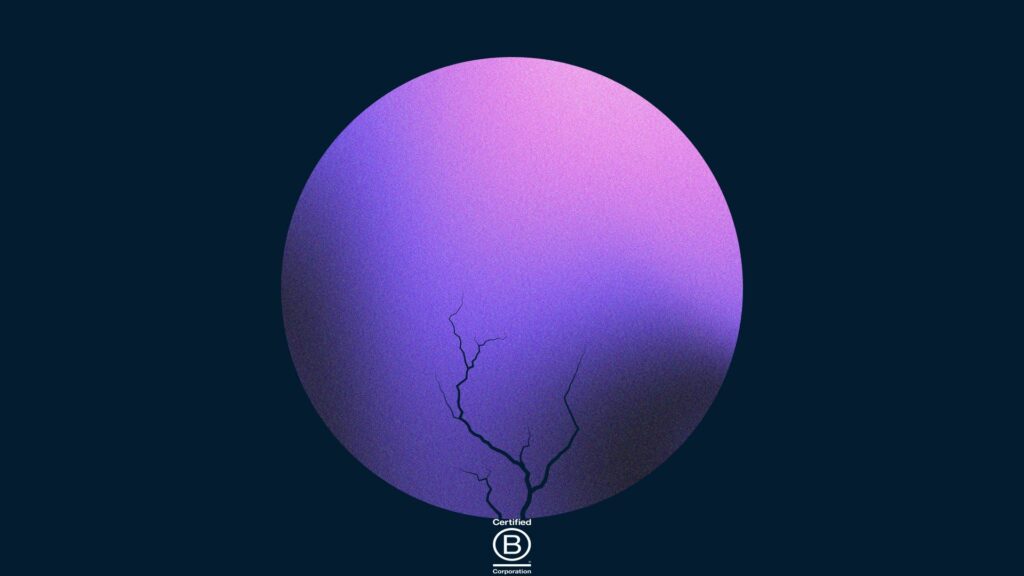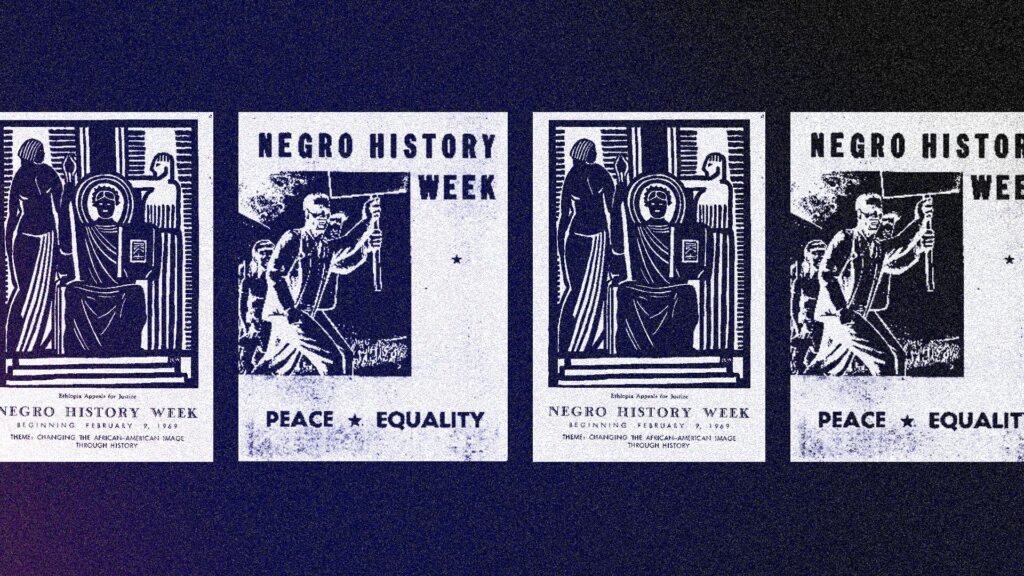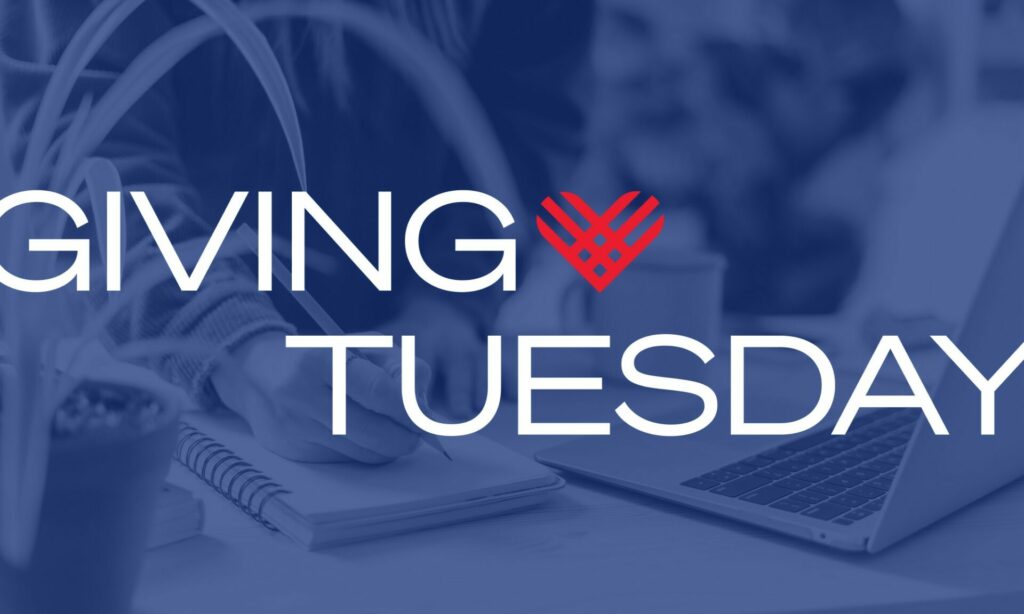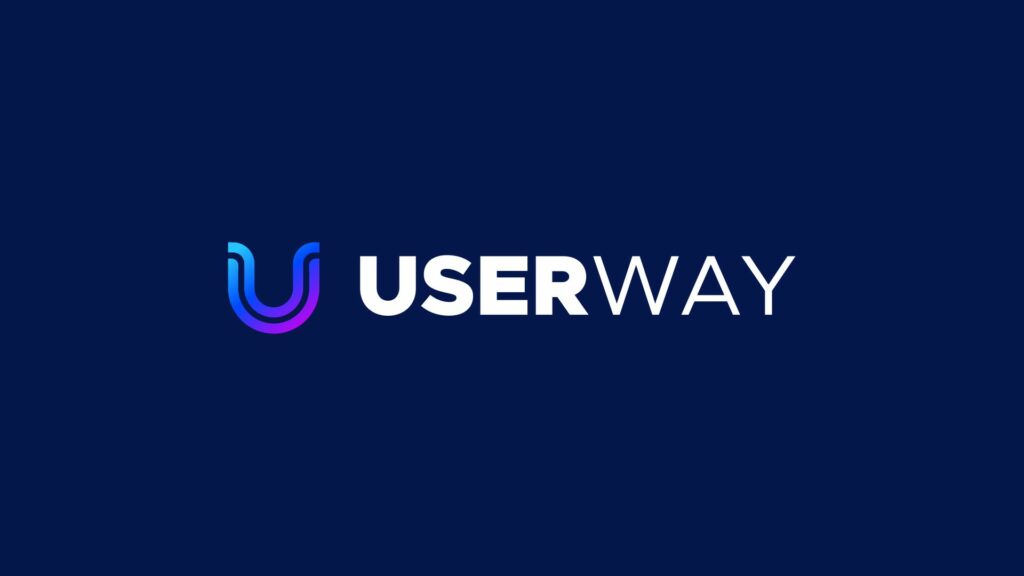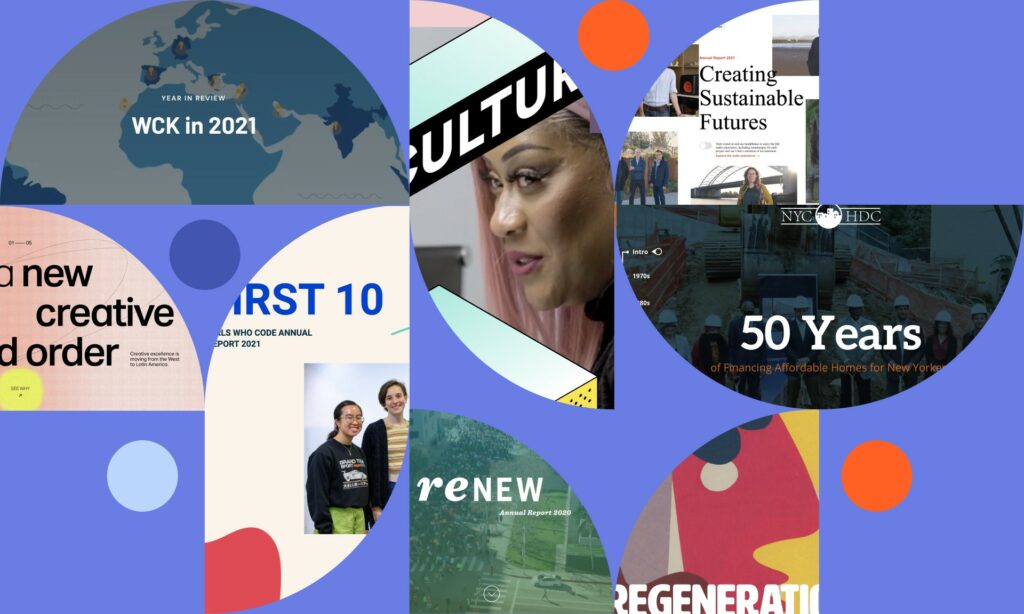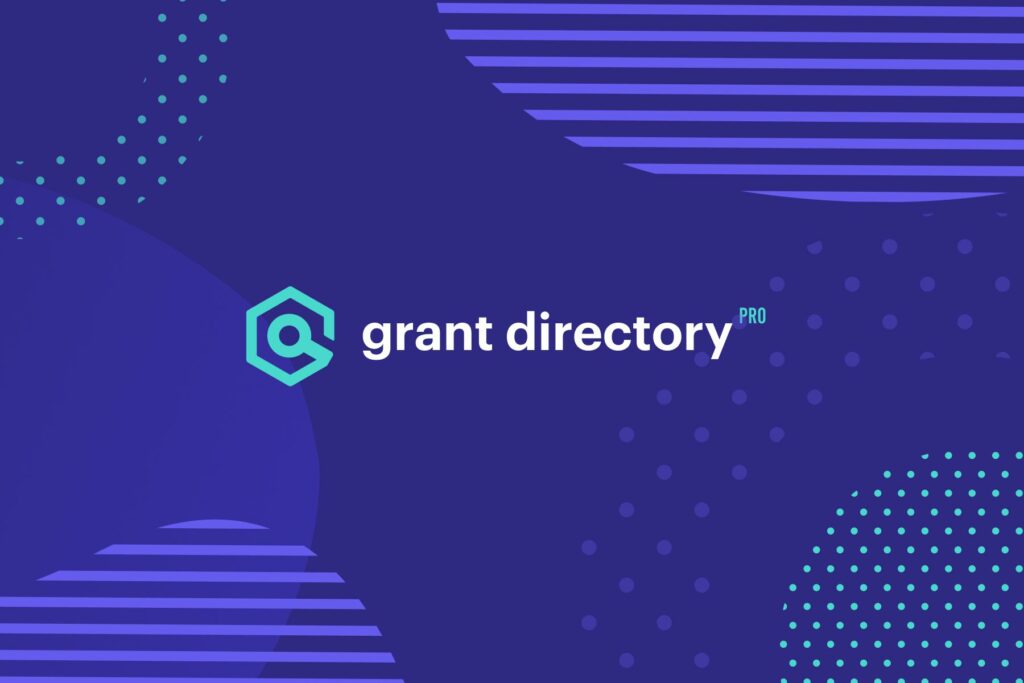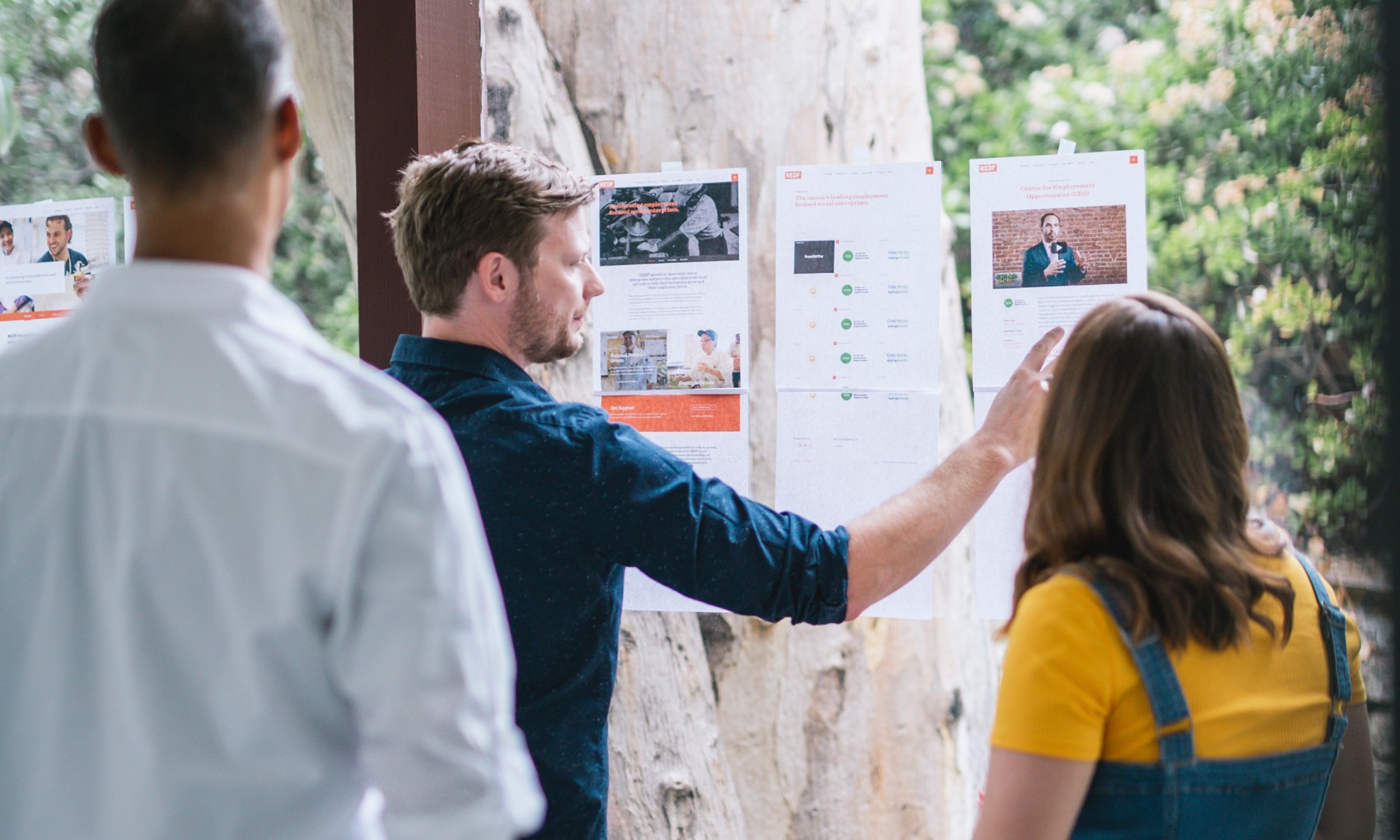
This article is an ode to the most essential phase of any website project: Discovery. Inspired by a recent study done by the Nielsen Norman Group, we are here to give you a primer on what discovery is and why it’s so important.
What is Discovery?
Discovery should be the first step in any website project whether it’s a redesign or a completely new website. It’s an indispensable part of our Impact Design approach, during which the project team gathers insights and information that creates a foundation for the project’s success. This commonly includes unifying around:
- Project goals and objectives
- Stakeholder perspectives
- Users and their motivations
- Opportunities and challenges
- Creative direction
- Technical ecosystems
Why do Discovery?
Simply put, discovery leads to better outcomes. The information gathered through discovery frames the challenges and creates a deep level of insight and understanding across the project team—all key ingredients for a great project. According to the study, a discovery phase reduces the risk of failure by 75% while increasing the chances of success by 59%. In other words, projects that start with a shared understanding of what success looks like and how it will be achieved are, well, more successful.
What do You Do in Discovery?
Each project is unique and the discovery activities undertaken will depend on a variety of factors, but for now, let’s focus on what activities bring the most value:
- Stakeholder Engagement: Every project we do starts with engaging stakeholders—people who have an invested interest in the project’s success—usually via questionnaires, interviews, and discussions. Not surprisingly, according to the study, of the groups that performed discovery at all, 60% took this step.
- User/Audience Research: Another essential part of our discovery phase is understanding who your users are. Specifically, how you prioritize them, what needs they might have, and how we can most effectively connect them with the actions and information we want to deliver. Specific methods might include interviews, surveys, and/or persona development.
- Analyzing Website Traffic: If the project is a website redesign, we will analyze your existing website’s traffic data (usually via Google Analytics) to gain insights into how users are interacting with your current site. Additionally, this step helps us set traffic benchmarks that will help us measure the new site’s future success.
- Landscape Analysis: Looking at peer or competitor organizations helps identify the strengths and weaknesses within a specific sector. A landscape analysis also highlights opportunities for differentiation and can serve as a source for inspiration (to do better!).
- Workshops are a great way to get project stakeholders to the table and provides a venue for creative brainstorming and problem-solving. We often lead discovery workshops and it’s a great way to build momentum and creative energy at the beginning of a project.
There are a handful of other discovery activities that you might consider for your website project, but these are by far the most productive and informative!
Who Should Be Involved in Discovery?
Discovery phases are most effective when they are led by a core project team. This core team not only conducts the overall discovery phase but is ultimately responsible for the website’s success. In our experience, a smaller team is more agile and more easily unified in making challenging decisions.
Client-side
We always recommend there be a core set of decision-makers on the client-side of the project team. Most often there are other stakeholders to consider, but the core client team champions the project from start to finish, engaging others at key points throughout the project. This commonly includes:
- A project lead who is responsible for the overall project approach and coordinating their team (a communications department lead, etc.). This person is often responsible for approving recommendations and engaging organizational leadership if necessary (other department leads, CEO’s, board members, etc.).
- Subject matter experts who offer valuable insight into unique topic areas.
Agency-side
At Visceral each project has a core team that includes:
- A design lead who is responsible for strategic and design recommendations.
- A development lead who is responsible for technical recommendations.
- A project manager who is responsible for keeping everyone on track and on schedule.
What are the Challenges to Doing Discovery?
As we said, we will never do a project without a discovery phase, but how deeply we can invest in discovery will depend on:
- Time: A thoughtful discovery phase will commonly take at least two weeks, which includes completing the most basic activities like stakeholder engagement and a traffic analysis. Additional activities like audience research and workshops will add time.
- Money: Whether you can do some of the more in-depth discovery activities like audience research or workshops will also depend on how much you are able to invest.
- Uncertainty: Some organizations are simply not sure where to begin and how to organize an effective discovery phase.
- No management buy-in: In rare instances, leadership might not understand the value in doing discovery and are eager to jump right into the deep end of design.
On all points, our role as a good partner is to help you navigate these hurdles. We are here to help you discern what activities will bring you the most value for your money, how to organize it, and articulate the value of discovery for anyone who needs to see the light!
Conclusion
Our hope is that this article leaves you with a stronger understanding of how to begin your website project with discovery. As you can see, there is no one-size-fits-all approach. If you’re curious about how we might help you kick off your website project, please get in touch!





